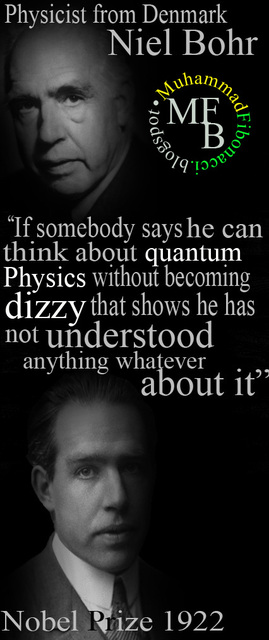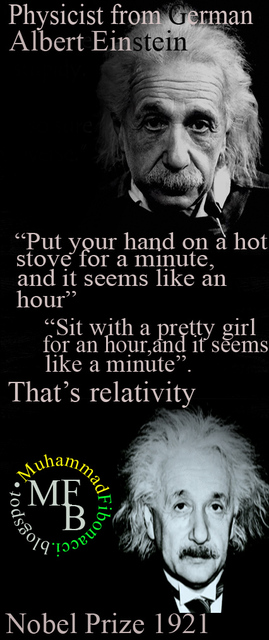1. A phenomenon,where,electrons are being ejected off of the matter ( metals,non metallic solids,liquids,gases),as result of their absorption of EMR of very short wavelength ,example visible (740 nm) and UV light (10 nm – 400 nm).
2. Or,when light shines on a metal surface, the surface emits electrons. For application,we can start a current in a circuit just by shining a light on a metal plate.This is as when light is shone onto a piece of metal, a small current flows through the metal.
3. The electron that ejected may ber referred as “photoelectron”.
4. The study of photoelectric effect led to the understanding of quantum nature of light,and electron.Yet,physicists had found the idea of wave-particle duality.
5. Back to 17 century,physicists debating each other about the nature of light.Christiaan Huygen proposed that,light was thought consist of wave,while Newton proposed that,light consist of particle.
6. Through the following years,Max Planck,Albert Einstein,Niel Bohr,Arthur Compton etc found that,wave have particle propertice ( and vice versa).
7. This idea has been verified not only for elementary particle,but also for composite particles such as atom and molecules.
8. Experimental results :
a. The rate of photoelectrons are being ejected is directly proportional to the intensity of the incident light. the brightness of the light affects the amount of energy - the brighter the light, the bigger the wave, the more energy it has.
b. a certain minimum frequency of incident radiation which no photoelectrons can be emitted is called the threshold frequency ( the minimum frequency of radiation that will produce a photoelectric effect / threshold Frequency is the minimum frequency of radiant energy required to completely remove an electron from a metal.)
c. increase in frequency of incident beam increases the maximum kinetic energy with which the photoelectrons are emitted
d. The time lag between the incidence of radiation and the emission of a photoelectron is very small, less than 10−9 second.
9. The different colours of light are defined by the amount of energy they have. If all else is equal, blue light has more energy than red light with yellow light somewhere in between. Not all colours of light affect metals ‘s electron thus producing electric within the metal. No matter how bright a red light you have, it will not produce a current in a metal, but even a very dim blue light will result in a current flowing.
10.The problem was that these results can't be explained if light is thought of as a wave. Waves can have any amount of energy you want - big waves have a lot of energy, small waves have very little. And if light is a wave, then the brightness of the light affects the amount of energy - the brighter the light, the bigger the wave, the more energy it has.
11.The different colours of light are defined by the amount of energy they have.
12.If light is a wave, a dim blue light would have the same amount of energy as a very bright red light. And if this is the case, then why won't a bright red light produce a current in a piece of metal as well as a dim blue light?
13.Einstein realised that the only way to explain the photoelectric effect was to say that instead of being a wave, as was generally accepted, light was actually made up of lots of small packets of energy called photons that behaved like particles.
14.With light as photons, Einstein showed that red light can't dislodge electrons because its individual photons don't have enough energy - the impacts are just not large enough to shift the electrons. However, blue light can dislodge electrons - each individual photon has more energy than the red photon. And photons of ultraviolet light, which have yet more energy, will give electrons enough energy to whizz away from the metal altogether.
15.Only light with short enough wavelength has photons with enough energy to eject an electron
16.Einstein idea : big energy / photons inversely proportional to wavelength
15.Only light with short enough wavelength has photons with enough energy to eject an electron
16.Einstein idea : big energy / photons inversely proportional to wavelength










0 comments:
Post a Comment